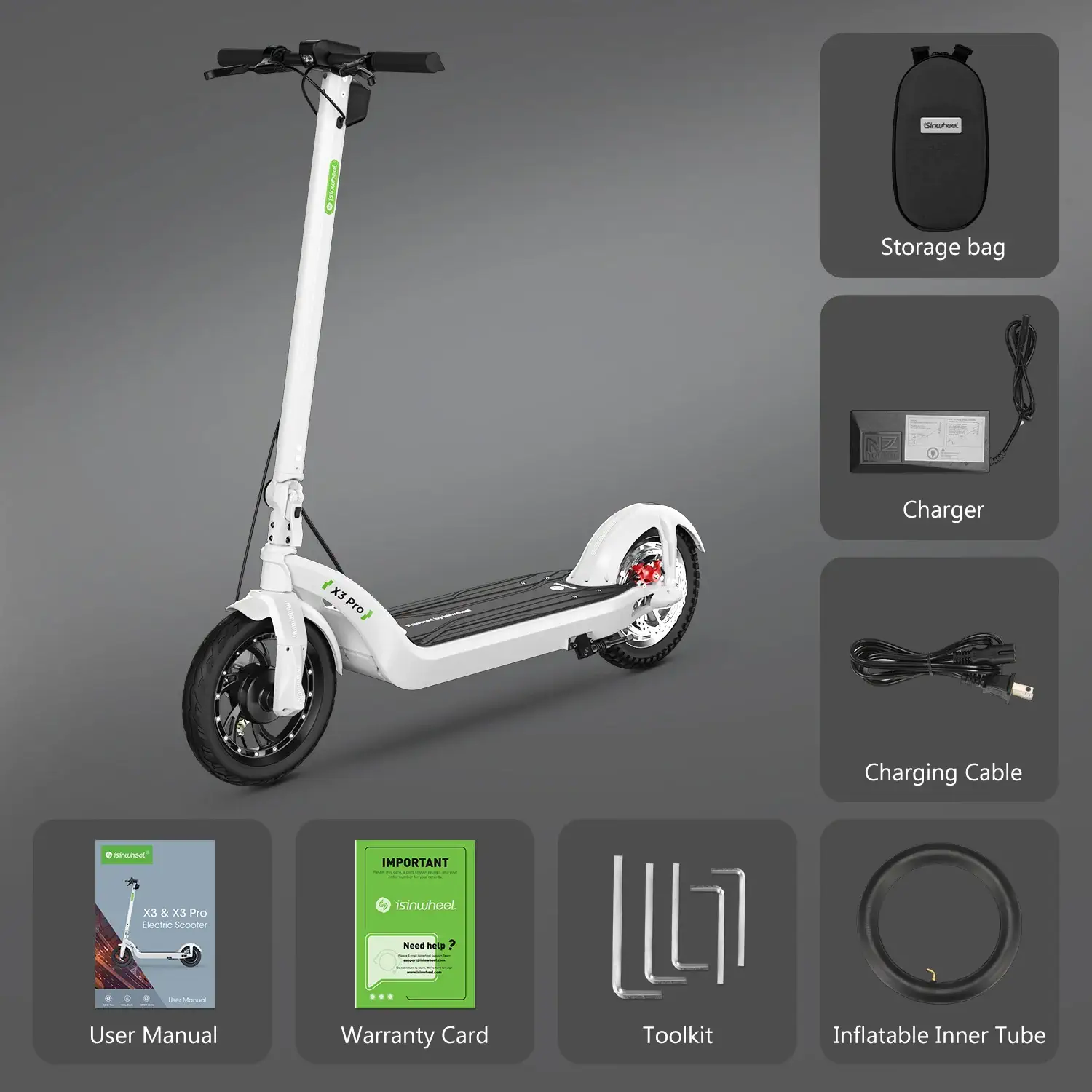Transportation is a vital part of daily life, and with the increasing popularity of electric scooters, many people wonder if they can integrate these compact vehicles into their public transport routines. This article delves into the feasibility and regulations surrounding the use of electric scooters on buses.
Understanding the Basics
What is an Electric Scooter?
An electric scooter is a small, battery-powered vehicle designed for individual transport. It typically features a handlebar, a platform for the rider to stand on, and two to three wheels. These scooters are known for their portability and eco-friendly nature, making them a popular choice for short urban commutes.
Key Features of Electric Scooters
- Power and Performance: Most electric scooters have a motor power ranging between 250 to 2000 watts. This power translates into varying speeds, usually capped at 15 to 25 miles per hour for safety reasons.
- Battery Life and Charging: The average battery life of an electric scooter is around 20 to 40 miles per charge, depending on the model. Charging times can vary from 3 to 8 hours.
- Size and Portability: Electric scooters are compact, with many models featuring foldable designs. The average weight is between 20 to 30 pounds, making them relatively easy to carry.
- Cost and Value: Prices range from $300 for basic models to over $2000 for high-end versions. The cost-effectiveness depends on usage frequency and the specific needs of the user.
Policies and Regulations
Can You Take an Electric Scooter on a Bus?
The rules regarding bringing electric scooters onto buses vary depending on the city and the specific transit authority. Generally, if the scooter is foldable and can be safely stowed without obstructing aisles or seating, many transit systems allow them.

Factors to Consider
- Bus Capacity and Design: Some buses have designated spaces for bikes and scooters, while others may not.
- Rush Hour Restrictions: During peak hours, additional restrictions might be in place due to increased passenger volume.
- Safety Compliance: Scooters should be turned off and securely stowed to prevent movement while the bus is in transit.
Benefits and Limitations
Advantages of Combining Electric Scooters and Buses
- Increased Mobility: Combining scooters with buses can bridge gaps in public transport, offering a more seamless commute.
- Environmental Benefits: This combination supports eco-friendly travel, reducing carbon emissions.
- Cost-Effectiveness: For urban commuters, this integration can be a cost-efficient way to travel, especially when considering parking and fuel costs for cars.
Challenges and Considerations
- Space Constraints: Buses have limited space, and during peak hours, carrying a scooter might be impractical.
- Safety Concerns: Ensuring the scooter does not become a hazard on a crowded bus is crucial.
- Regulatory Variances: Since regulations vary widely, it’s important to check local guidelines before planning your commute.
In conclusion, while bringing an electric scooter onto a bus is possible in many cases, it requires awareness of specific regulations and considerations for safety and convenience. This mode of transportation offers a flexible and environmentally friendly option for urban commuters, bridging the last-mile gap efficiently.
